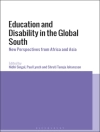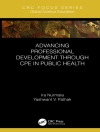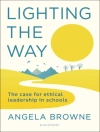Community safety emerged as a new approach to tackling and preventing local crime and disorder in the late 1980s and was adopted into mainstream policy by New Labour in the late ’90s. Twenty years on, it is important to ask how the community safety agenda has evolved and developed within local crime and disorder prevention strategies. This book provides the first sustained critical and theoretically informed analysis by leading authorities in the field. It explores the strengths and weaknesses of the community safety legacy, posing challenging questions, such as how and why has community safety policy making become such a contested terrain? What are the different issues at stake for ‘provider’ versus ‘consumer’ interests in community safety policy? Who are the winners and losers and where are the gaps in community safety policy making? Do new priorities mean that we have seen the rise and now the fall of community safety? The book provides answers to these questions by exploring a wide range of topics relating to community safety policy and practice, including: anti-social behaviour strategies; victims’ perspectives on community safety; race, racism and policing; safety and social exclusion; domestic violence; substance misuse; community policing; and organised crime. Community safety is primarily aimed at academics and students working in the areas of criminology and local policy making. However, it will also be of interest to community safety and crime prevention practitioners who need to have a critical understanding of the development and likely future direction of community safety programmes.
Об авторе
Peter Squires is Professor of Criminology and Public Policy at the University of Brighton.












